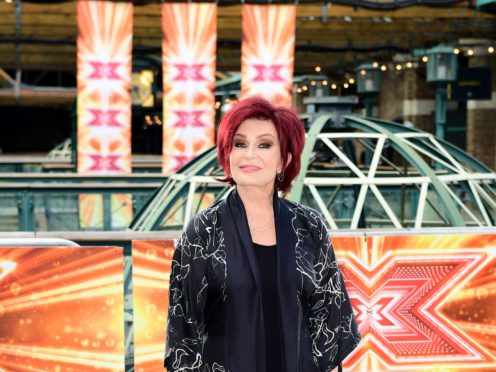The Talk co-host Sheryl Underwood has compared the fallout to her on-air row with Sharon Osbourne to suffering from post-traumatic stress.
Osbourne left the US chat show following a clash during the March 10 episode while discussing Piers Morgan’s comments on the Duchess of Sussex’s interview with Oprah Winfrey.
Osbourne became animated during a confrontation with Underwood, who is black, as she defended Morgan from allegations of racism.
Host Sheryl Underwood shares a message from backstage as “The Talk” returns today. Please join us for a very important hour where we discuss openly what happened and how we hope to move forward. pic.twitter.com/ltq0a3iI51
— The Talk (@TheTalkCBS) April 12, 2021
The show was taken off air while network CBS launched an internal investigation and later found the former X Factor judge’s behaviour “did not align with our values for a respectful workplace”.
The Talk returned on Monday following a month-long pause and addressed the Osbourne controversy.
Dr Donald Grant, who was introduced as a consultant on diversity and inclusion, anchored the episode for a discussion on race.
Underwood, a US actress and comedian, introduced Monday’s The Talk and said “by the end of the hour, we want everyone to feel empowered and ready to move forward”.

The 57-year-old said: “I feel like I am in PTSD because it was a trauma and I feel like I want to get past this because I really wanted to get to work with my friends and my colleagues.”
Underwood said she has not spoken to Osbourne, 68, since the blow-up and addressed media reports that she has been blanking messages from her former co-host.
She said there were text messages from Osbourne, but she ignored them due to CBS’s internal investigation.
During last month’s on-air row, Osbourne said: “I feel even like I’m about to be put in the electric chair because I have a friend who many people think is a racist so that makes me a racist.”
Underwood said during Monday’s episode she did not want to appear as “the angry black woman”.

She said: “I didn’t want to escalate things with Sharon because I thought I was having a conversation with a friend.
“But also I knew I had to be an example for others to follow because I didn’t want to be perceived as the angry black woman. And that really scared me. I didn’t want to be that and I wanted to remain calm and remain focused.
“It is difficult to go back to that day because I feel the trauma, I feel fearful. A little apprehensive.”
The Talk co-hosts Elaine Welteroth and Amanda Kloots also appeared during the March 10 episode.
On Monday, Welteroth responded to Osbourne’s claim that she had been set up by producers, saying there was no “conspiracy”.
She dismissed “false narratives” in the media.
Welteroth also said the controversy was bigger than Meghan or Morgan. The original flashpoint was triggered by Morgan saying he did not believe what the duchess told Winfrey in their headline-making interview.
The duchess said she was ignored when raising concerns about her mental health and that racist comments had been made before the birth of her son Archie.
Welteroth said: “When you deny a woman or woman of colour their truth and their experiences, you’re not just denying them, you’re denying that of every woman and woman of colour who sees themselves in this person’s story.”
